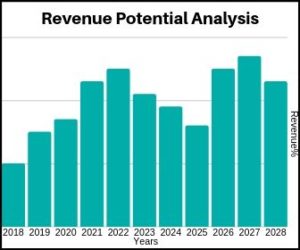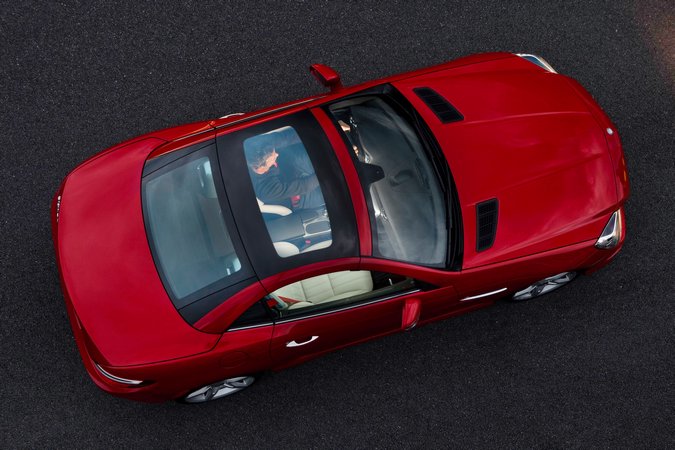Automotive technologies have shifted from glass components to high-performance thermoplastics, which saves in vehicular weight. Desire to save weight, and consequently fuel, is pushing growth in the automotive polycarbonate glazing market.
Polycarbonate has been in use over the past decade in the automotive industry, although mainly in concept cars and production models. Polycarbonate is being trialled for shatterproof windows and similar applications, and a novel concept uses automotive polycarbonate glazing for front elements and LED lighting that allow infrared radiation coming from the lidar sensors. Research has shown that automotive polycarbonate glazing used in car interiors can effectively aid in reducing energy consumption by HVAC systems.
In line with the escalating demand for EVs and hybrid EVs, auto makers including BMW, Volvo and Daimler are planning to expand their EV production capacities. This is another strong factor pushing the prospects of automotive polycarbonate glazing market.
Europe remains the earliest adopter in the automotive polycarbonate glazing market. Evolving regulatory framework in the USA is also likely to create a favorable scenario for the automotive polycarbonate glazing market in the years to come.




